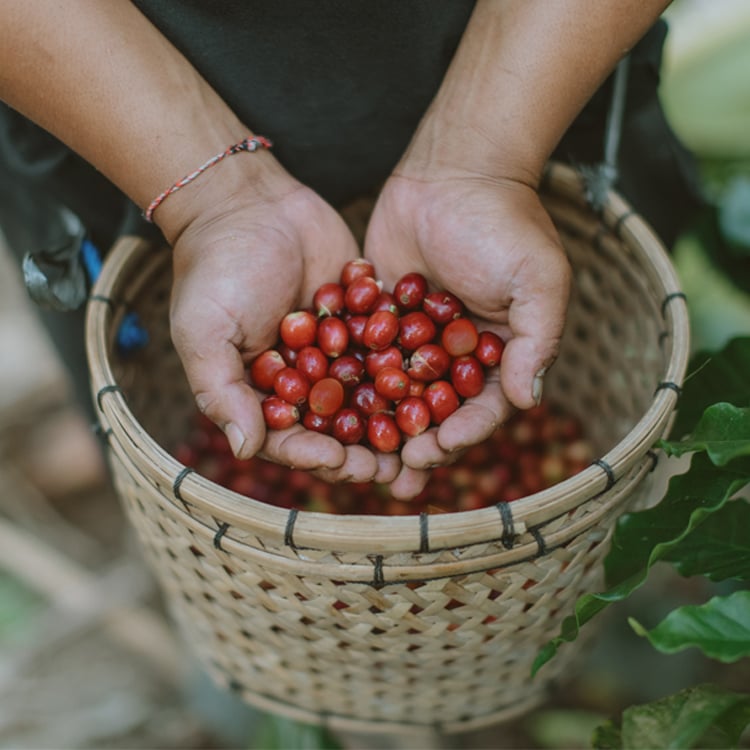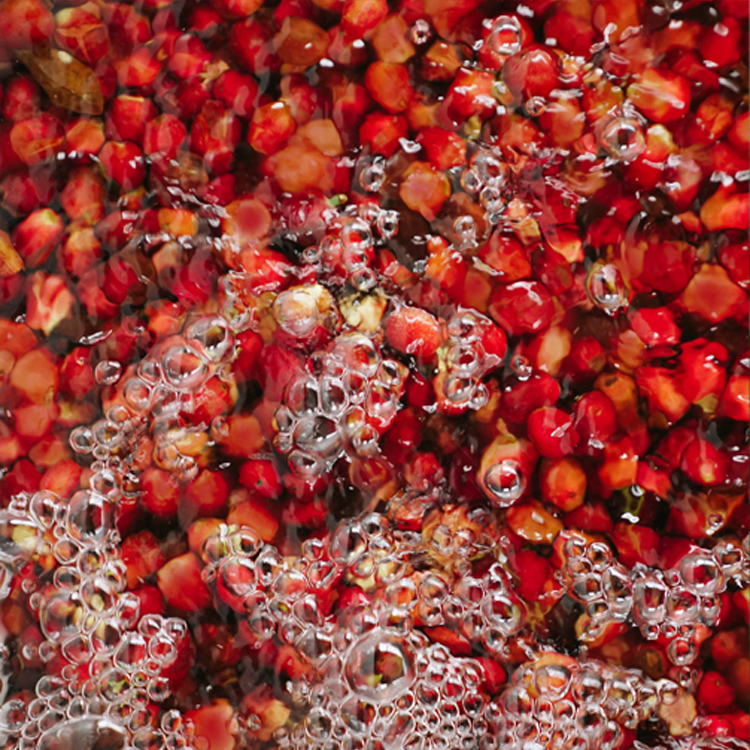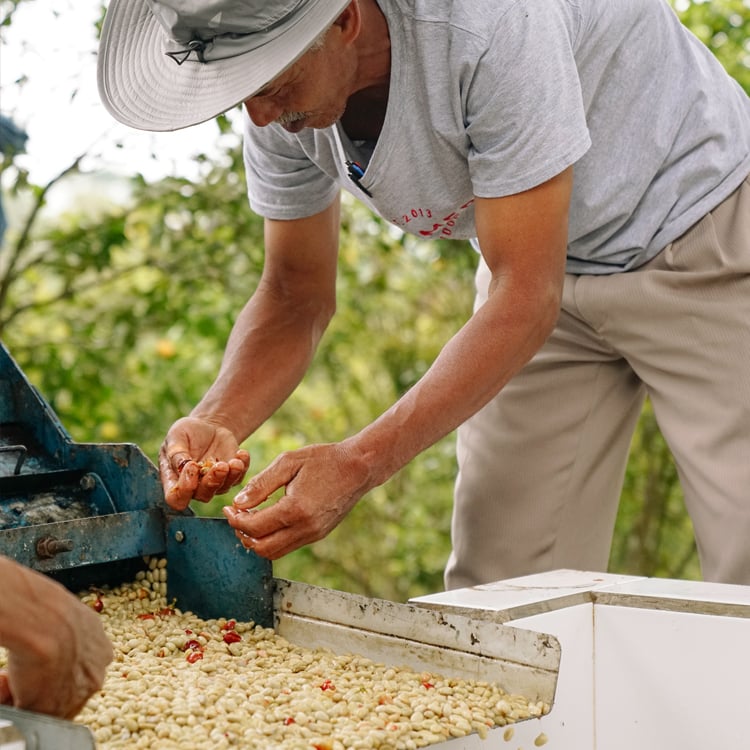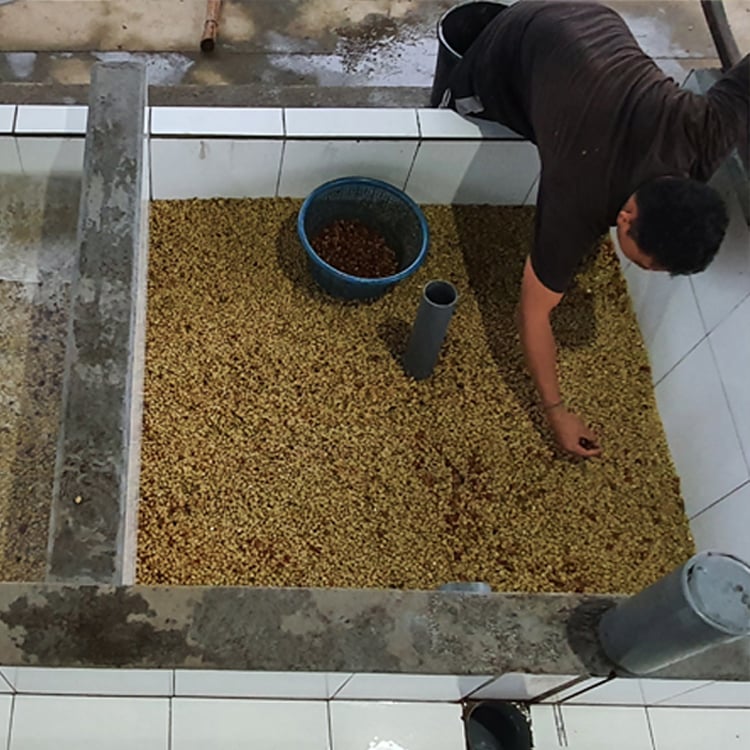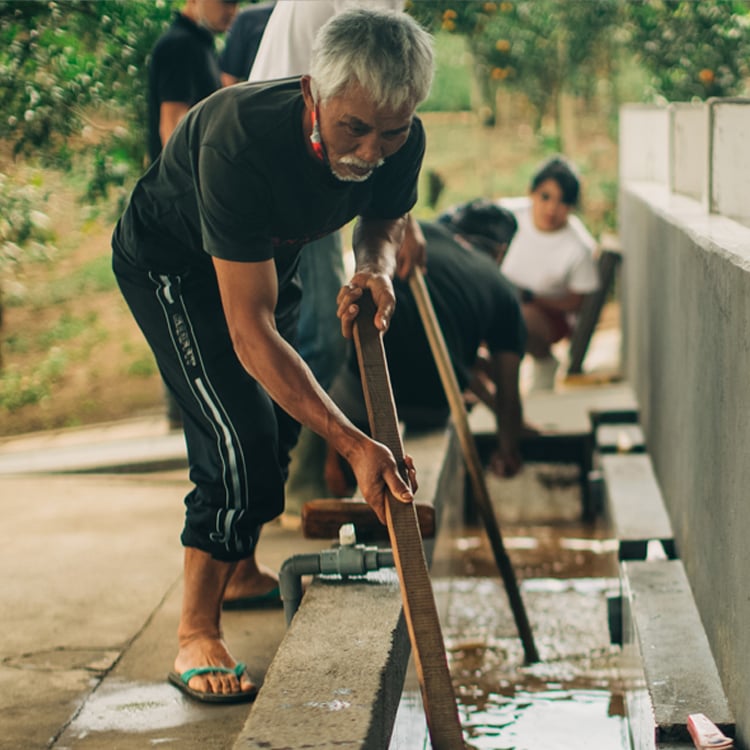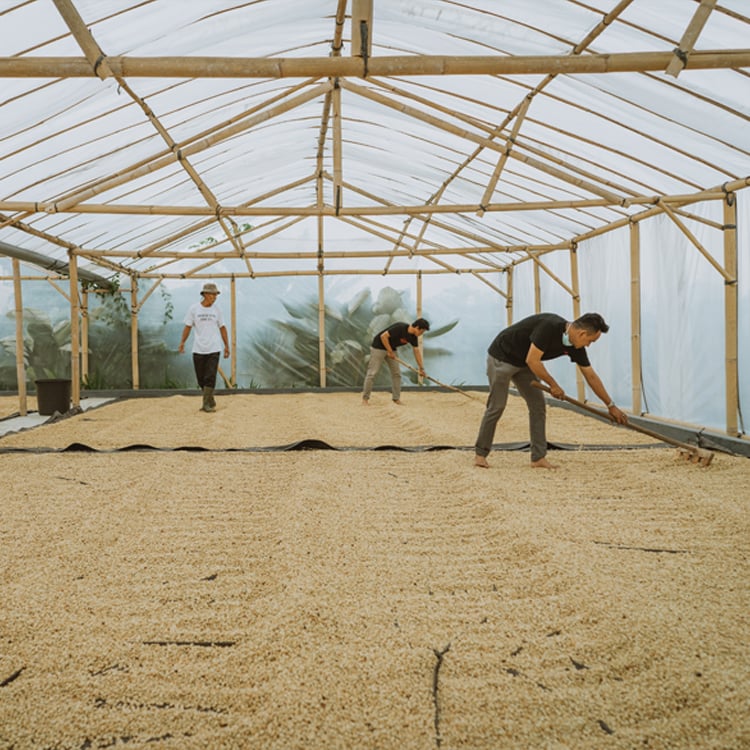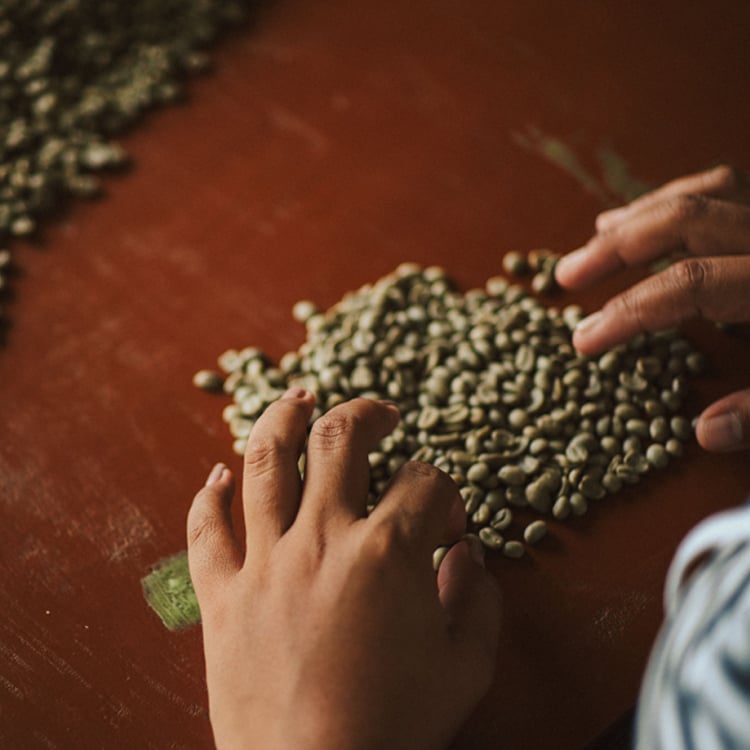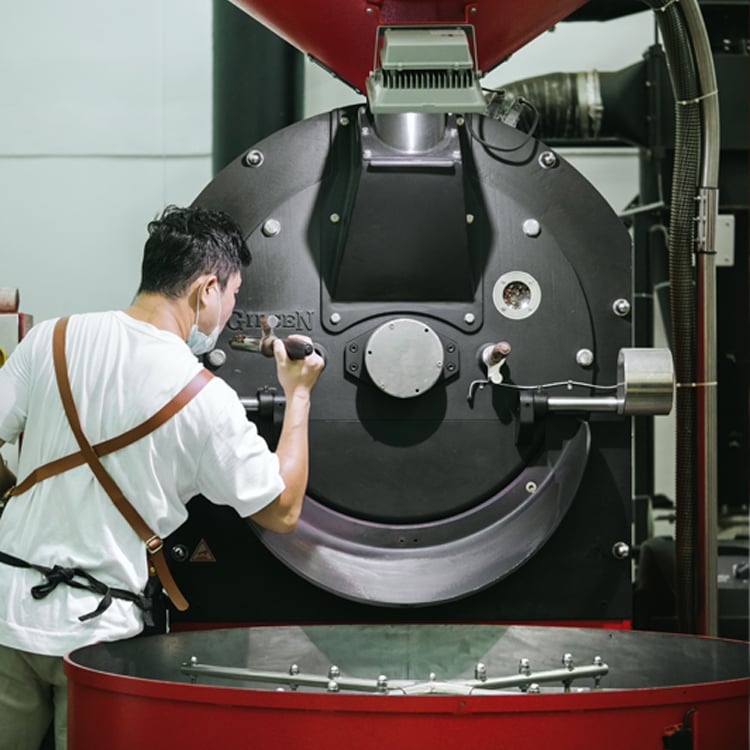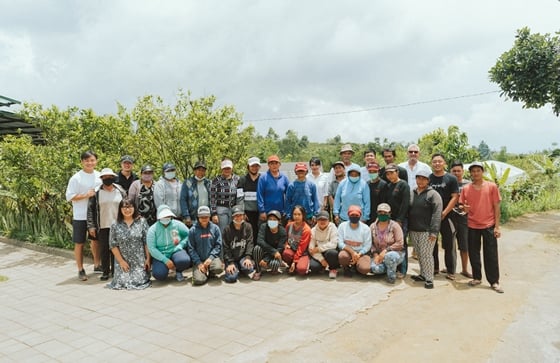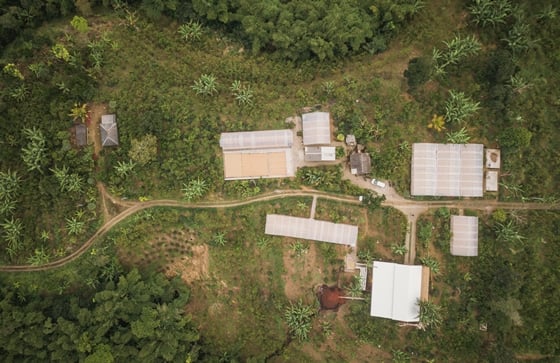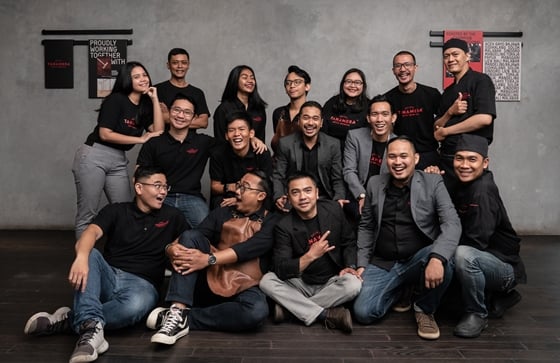Perjalanan Tanamera Coffee dimulai dengan satu mimpi: menjadikan Indonesia terkenal dengan kopi yang spesial. Misi kami selalu memberikan yang terbaik yang ditawarkan Indonesia. Seperti tanah vulkanik merah dari mana kami mendapatkan nama kami, nusantara memiliki tanah yang subur dan subur, sempurna untuk menanam kopi spesial.
Sejak awal, semua kopi kami dengan bersumber dari Indonesia, tempat kami bekerja sama dengan petani kami. Dari tanaman pertanian hingga cangkir di tangan Anda, kami hadir dalam setiap langkah proses – menanam, memelihara, memetik, memproses, memanggang, dan menyeduh.
Terkenal karena menghasilkan berbagai variasi rasa yang kaya rasa tahan lama, kopi Indonesia terkenal karena; bertubuh penuh, intens, kompleks, halus, manis buah. Dengan rasa cokelat, karamel, kemiri, selai blackberry, tembakau, pedas, herbal & jeruk! Ini hanyalah potret betapa mengasyikkan, lezat, dan berbedanya kopi kita.
Kami sangat bangga melayani Anda dengan kopi arabika kelas khusus pemenang penghargaan internasional terbaik kami. Semangat kami untuk kopi, apresiasi untuk prosesnya, dan pengabdian kepada komunitas – itulah yang menghubungkan kami!
Untuk Anda, untuk rekan kerja kami, dan untuk masa depan kopi spesialti di Indonesia.
